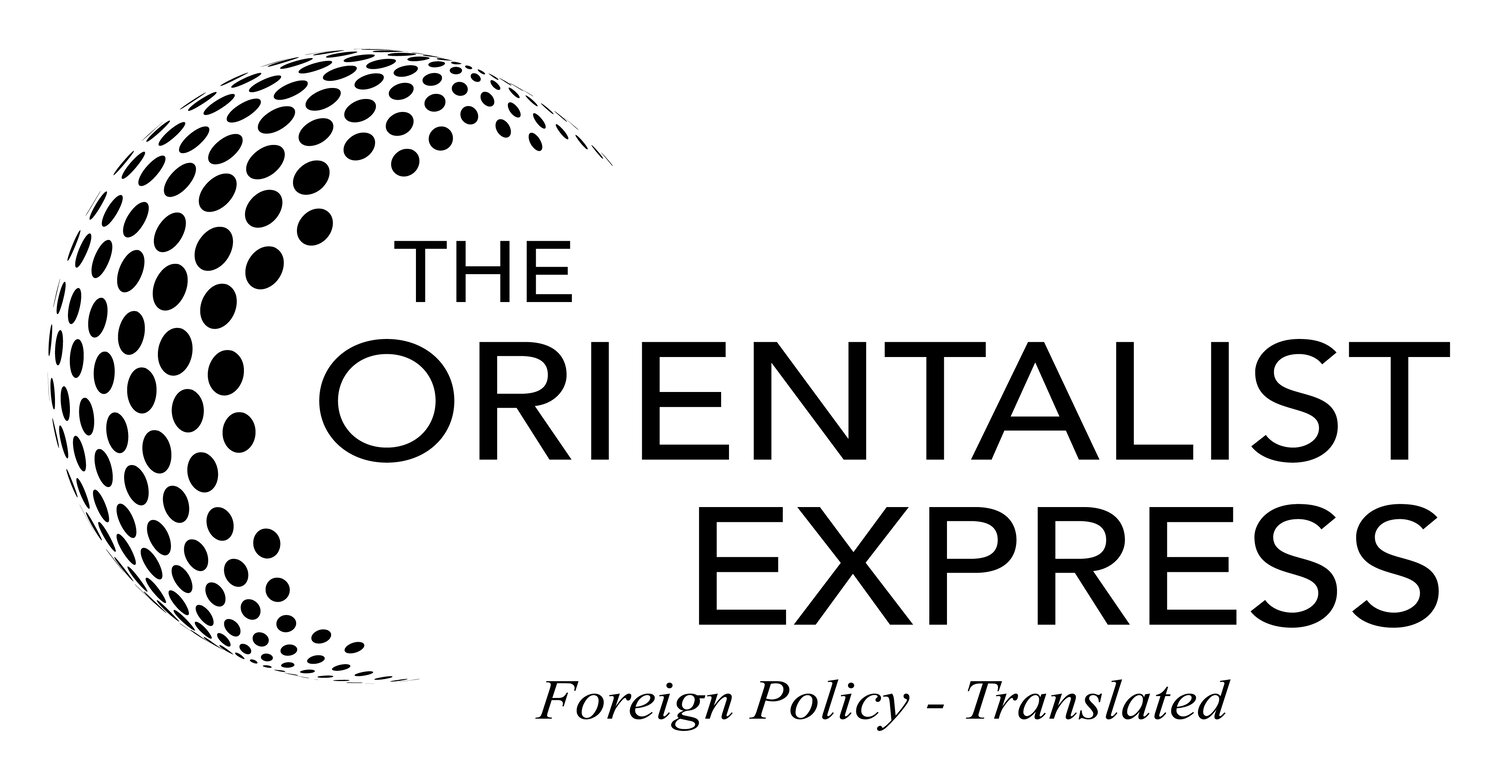Last week, President Trump released his proposed federal budget plan to Congress. Surprising nobody, the budget focused heavily on defense spending (increasing by $54 billion) and cuts to domestic programs. But one cut in particular seemed troubling to even the most hawkish foreign policy experts. The State Department, which directs all American diplomatic efforts, would be cut by nearly 30%. Now, it's important to point out that this budget is in no way legally binding (or even fiscally sound), but it does provide an important insight into the priorities of the Trump administration. This week, we'll explain the differences between soft and hard power, and why a mixed approach is usually best.
What is hard power?
Hard power, as the name implies, tends to be much tougher than soft power. More specifically, hard power refers to the emphasis on and use of military and economic force to achieve political ends. The term was first coined by political scientist and former assistant Secretary of Defense Joseph Nye. Hard power has been used with great effect in cases like the blockade of Cuba during the Cuban Missile Crisis, the defeat of Saddam Hussein's army during the first Gulf War, and the economic sanctions on Iran which helped create the Iranian nuclear deal. But hard power, when used incorrectly or inappropriately, can lead to disaster. A great example of this would be how the use of hard power in Iraq following the 2003 invasion helped spark a brutal and protracted insurgency. In essence, hard power uses the realities of resource possession and physical/economic coercion to influence the actions of others. Trump's proposals would greatly increase the emphasis on this type of influence.
USA! USA!
What is soft power?
Soft power, on the other hand, is a little more abstract. Also coined by Joseph Nye, soft power refers to the use of cultural, social, and political values to attract (rather than force) others to achieve certain interests. While it is usually nations that wield hard power (or the occasional group of rebels), soft power can be used by nearly any organized group that has social or cultural influence. Things like churches, figureheads of political ideologies, and media outlets can all use soft power to convince or attract others to work towards their goals. The obvious criticism of soft power is that it is typically not as quick or immediately effective as hard power. But soft power can be great for indirectly achieving political outcomes. Ideas such as democracy, human rights, and freedom of speech are all instances of soft power. This is the type of power that could be diminished by cutting funding to the State Department. So, what would be the largest State Department cuts?
Culture Victory Achieved!
Foreign aid: The State Department helps direct foreign aid payments made from the United States to other nations. Foreign aid usually takes the form of monetary contributions and is useful in securing alliances or keeping up peace treaties (like the one between Israel and Egypt). Though it can technically be considered hard power by some experts, it still does not guarantee cooperation in the same way as military force. Foreign aid, however, does have drawbacks. Leaders can often take the money earmarked for something (such as defense spending or the cessation of a nuclear weapons program) and then just keep the money for themselves. Foreign aid can also get very expensive. The United States spends nearly $36 billion per year towards securing alliances, maintaining peace treaties, and providing humanitarian assistance.
Development Programs: Technically, this falls under the category of foreign aid. But of particular note are the cuts to the U.S. Agency for International Development (USAID). This agency focuses on missions such as clean water, economic diversification, or the creation of civil society institutions. USAID also played a large role in helping combat the recent Ebola outbreak in West Africa. This type of power may not wield immediate or obvious results, but the show of support from the United States and the display of America's scientific and logistical prowess have the potential to attract more resources and goodwill. Development programs certainly have their drawbacks though. For instance, food aid programs could create dependency, or economic development programs sometimes force small businesses to close. Still, the theory behind these programs is that people tend to be more appreciative of nations that help them rather than those that point guns at them.
As long as this doesn't end up in the hands of some warlord.
So what is smart power then? It's probably self-explanatory by now, but smart power uses a combination of hard and soft power. This has been the dominant strategy since the end of the Second World War, as the realities of America's military dominance worked in tandem with the exporting of American culture and economic development programs like the Marshall Plan. It combines the immediate effectiveness of hard power with the long term viability of soft power. Trump's budget plan seems to emphasize hard power over soft, but a winning strategy puts a strong emphasis on both.




